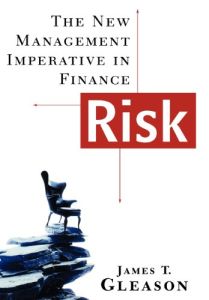
Risk
The New Management Imperative in Finance
Read or listen offline
Recommendation
Technological advances and the development of innovative financial instruments have given finance pros the ability to measure and control risks that in past generations were impossible even to isolate and identify. The limits and dangers of this new capacity have already been displayed in several financial crises in the late 1990s, in which highly touted risk-management tools fell short of expectations, costing the firms that relied on them billions of dollars. Against this backdrop, James T. Gleason’s lucid dissection of the evolution and potential of risk management is an invaluable resource. Gleason lays out how current risk-management practice came to be, identifies types of risk and the tools that are being used to control them, and lays out a framework for implementing global risk management strategies. Though much of the writing presupposes a basic knowledge of finance, getAbstract recommends Risk to experts, who will benefit from the book’s historic perspective, and lay people, who will be enlightened to one of the most important concepts of the 21st century economy.
Take-Aways
About the Author
James T. Gleason IBM Consulting has been a risk-management consultant for more than 15 years. He has worked at firms including Coopers & Lybrand and Arthur Anderson & Co., and has been an independent consultant to Citicorp, First National Bank of Chicago, ING-Barings (Netherlands) and Rabobank (Netherlands). He is a contributor to Risk Magazine.









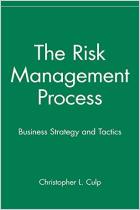
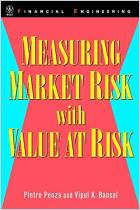
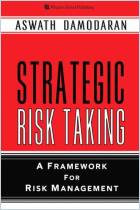
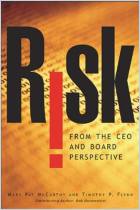
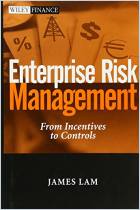
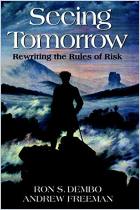



Comment on this summary or 开始讨论